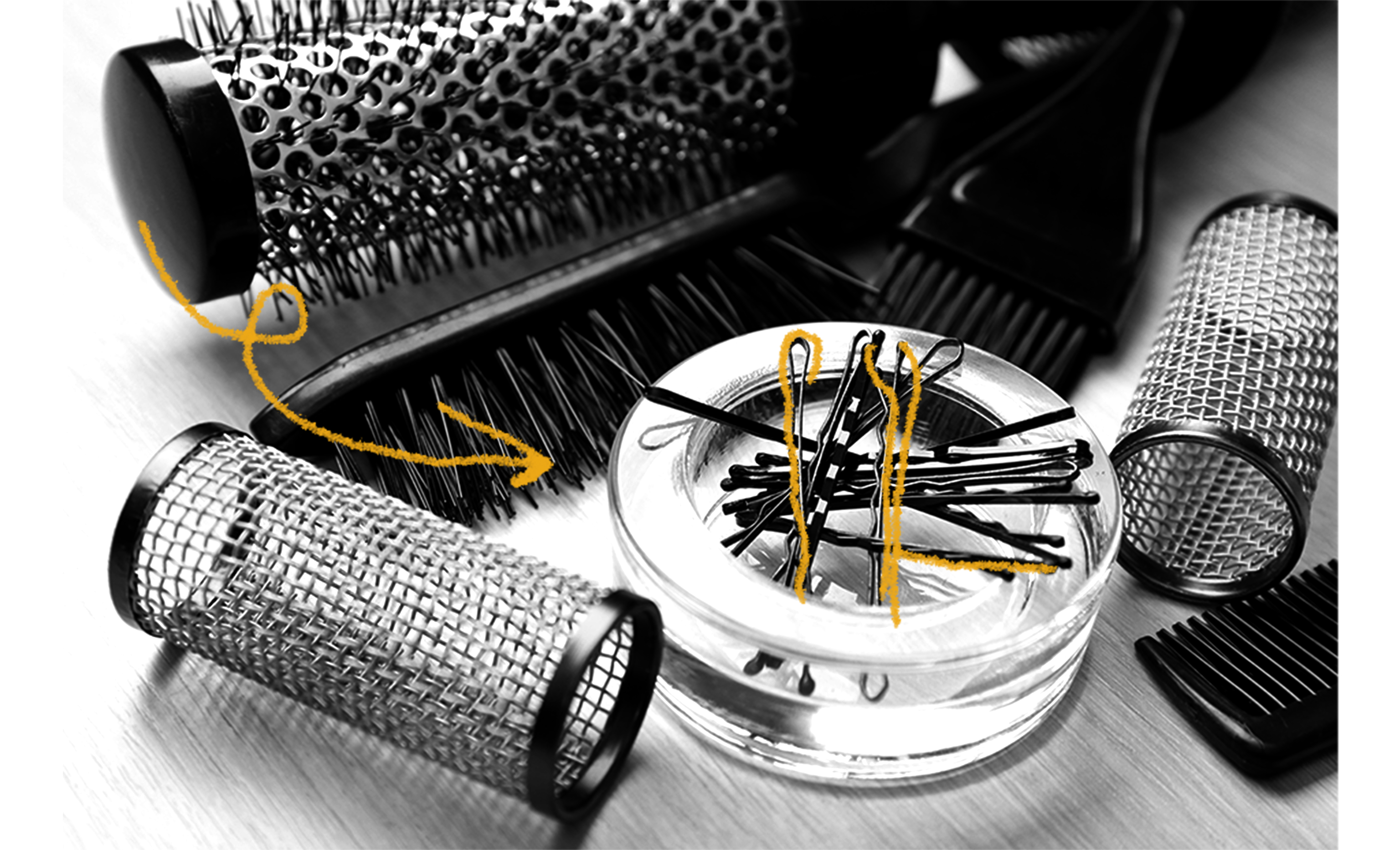Hair pins, which are often considered to be the direct ancestors of bobby pins, have been around since ancient times. In Central Africa, hair pins were often made from bone, ivory, or wood. In Ancient Rome, hair pins were long and hollow; perfume (or sometimes even poison!) could be stored inside them. In 1600s France, both men and women wore hair pins. They were either long and straight or U-shaped and used to keep wigs neatly in place. At the time, they were usually called “bobbing pins.” During the Victorian era, women used hair pins to hold their hair back in order to appear proper by the standards of the time. It's also worth noting that some people consider barrettes to be an ancestor of bobby pins. Barrettes have been worn all over the world for many centuries. Notably, in Mexico, women traditionally wore brightly colored barrettes that featured an ornamental face and a spring clip. Bobby pins as we know them today were finally introduced in the 1920s, when spring clip bobby pins were created to help women master then-popular hairstyles like finger waves and pin curls. These modern spring clip bobby pins were also better at holding women’s hair in place underneath their tight hats than their predecessors. Today, bobby pins are a still an essential item for creating many hairdos and are commonly sold at drugstores and other convenient locations.

Your go-to guide for weird history facts
Subscribe to the FREE daily email that makes learning about history fun.


